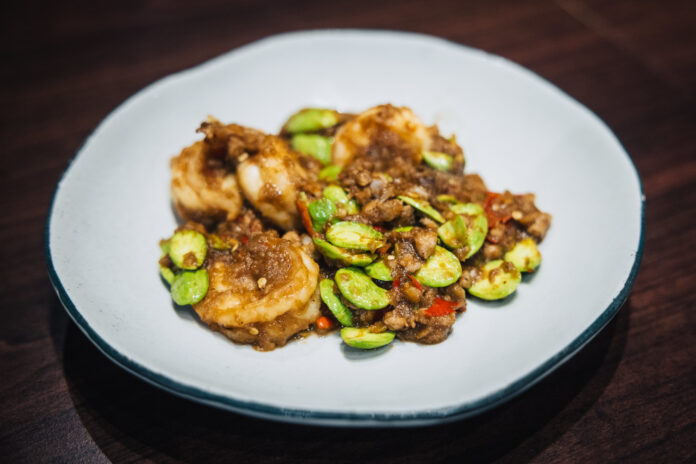The celebration of motherhood transcends cultural boundaries, yet the ways in which different societies honour their maternal figures are as diverse as the mothers themselves. From ancient customs to modern festivities, Mother’s Day celebrations worldwide offer a fascinating glimpse into how various cultures express gratitude for maternal love and sacrifice.
Mexico’s Día de las Madres: A National Festival Of Maternal Love
Mexican Mother’s Day, or ‘Día de las Madres’, celebrated unfailingly on 10th May, stands as one of the nation’s most significant cultural observances. The day begins at dawn with ‘Las Mañanitas’, a traditional serenade where children, often accompanied by local mariachi bands, wake their mothers with heartfelt songs. The most famous of these, ‘Las Mañanitas a Mama’, was specifically composed for this occasion and has become an integral part of the celebration.
The festivities extend far beyond morning serenades. Cities come alive with colour and music, as streets fill with flower vendors selling beautiful bunches of fresh Mother’s Day flowers, particularly traditional arrangements of roses and lilies. Restaurants are booked months in advance for the traditional mother’s day feast, where extended families gather to share multiple courses of traditional Mexican cuisine. Many communities also organise special events, including school performances and church services, making it a truly communal celebration of motherhood.
Read: Some of the unique ways birthdays are celebrated across the world
Spring Celebrations In Middle Eastern Countries
The celebration of Mother’s Day on 21st March carries deep symbolic significance across many Middle Eastern countries, coinciding with the vernal equinox and the rebirth of nature. The tradition, which originated in Egypt in 1956, has spread throughout the region, becoming so deeply ingrained that it has achieved the status of an unofficial holiday in many countries.
The spring timing influences the celebration’s customs, with flowers playing a central role. The giving of jasmine, traditionally associated with maternal love in many Middle Eastern cultures, is particularly common. Families gather for elaborate meals where traditional sweets like kunafa and baklava are served, their honey sweetness symbolising the sweetness of maternal love. Many communities also organise special bazaars where children can purchase handcrafted gifts, encouraging thoughtful gift-giving from an early age.
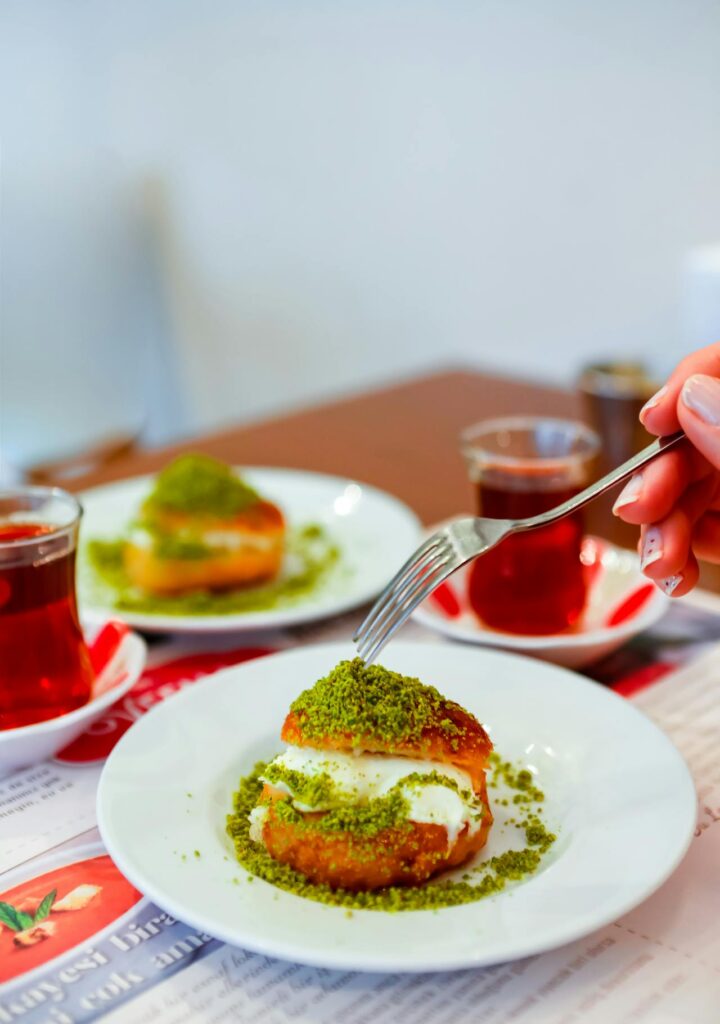
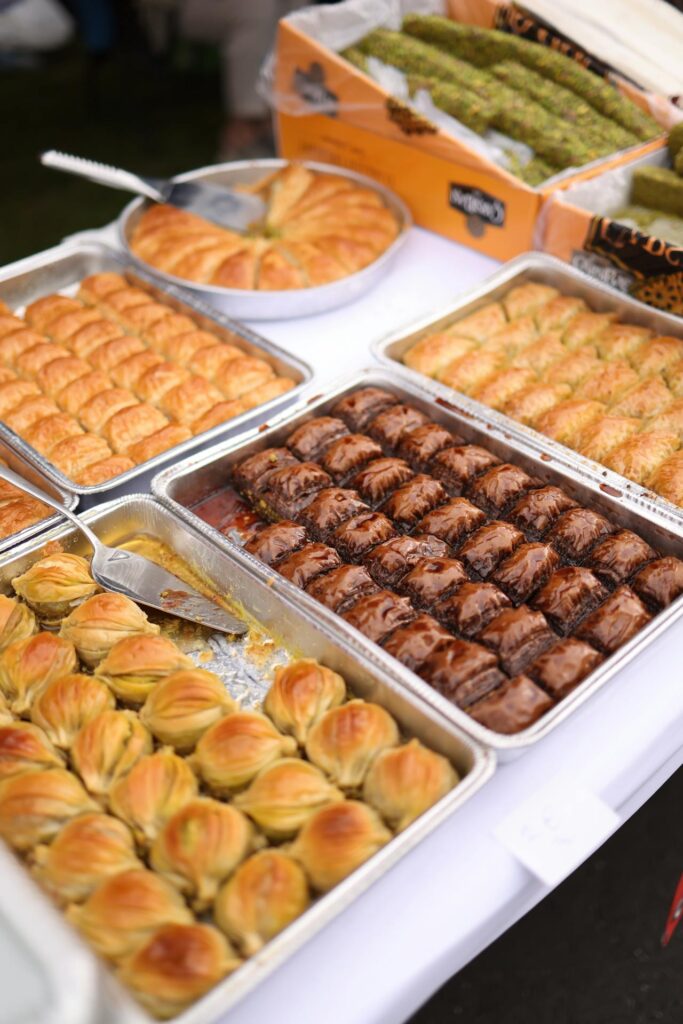
The Franco-German Renaissance of Maternal Recognition
The origins of Mother’s Day in France and Germany tell a compelling story of national revival and demographic strategy. Following the devastating losses of World War I, both nations faced concerning population decline. The institution of Mother’s Day (‘La Fête des Mères’ in France and ‘Muttertag’ in Germany) emerged as part of a broader initiative to promote family values and increase birth rates.
Today, these historical roots have blossomed into joyous celebrations that retain a touch of formal recognition. In France, the day is marked in late May or early June with the presentation of a special flower-shaped medal, ‘La Médaille de la Famille’, to mothers of large families. German celebrations, held on the second Sunday in May, often begin with ‘Muttertagsfrühstück’ – an elaborate breakfast featuring fresh rolls, homemade preserves, and flowers, followed by family gatherings that can span entire afternoons.
Argentina’s Spiritual Connection: Motherhood & Faith
Argentina’s October celebration of Mother’s Day offers a unique blend of secular appreciation and religious reverence. Falling on the third Sunday of October, the celebration coincides with the country’s devotion to the Virgin Mary, creating a profound connection between maternal love and spiritual faith.
Argentinian families typically begin the day with church services, where mothers receive special blessings. The religious observance is followed by family gatherings characterised by traditional asados (barbecues) and the sharing of mate, the national beverage. Children often prepare special performances or handcrafted gifts, while schools host events celebrating mothers in the days leading up to the main celebration.

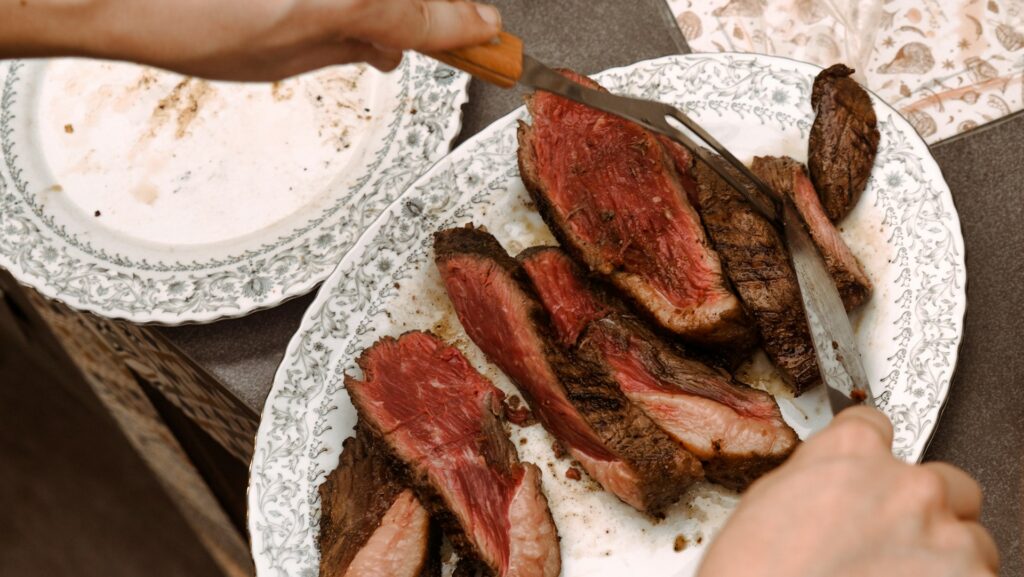

Read: The best steakhouses in Buenos Aires
Japan’s ‘Haha No Hi’: A Blend Of Art & Appreciation
Mother’s Day (‘Haha no Hi’) in Japan, is celebrated on the second Sunday of May with a distinctive artistic flair. The celebration gained popularity after World War II and has evolved into a day filled with thoughtful traditions. Red carnations are the traditional flower of choice, symbolising the strength and endurance of maternal love. These are often presented alongside children’s hand-drawn portraits of their mothers, a custom that encourages young ones to reflect on their mother’s importance in their lives.

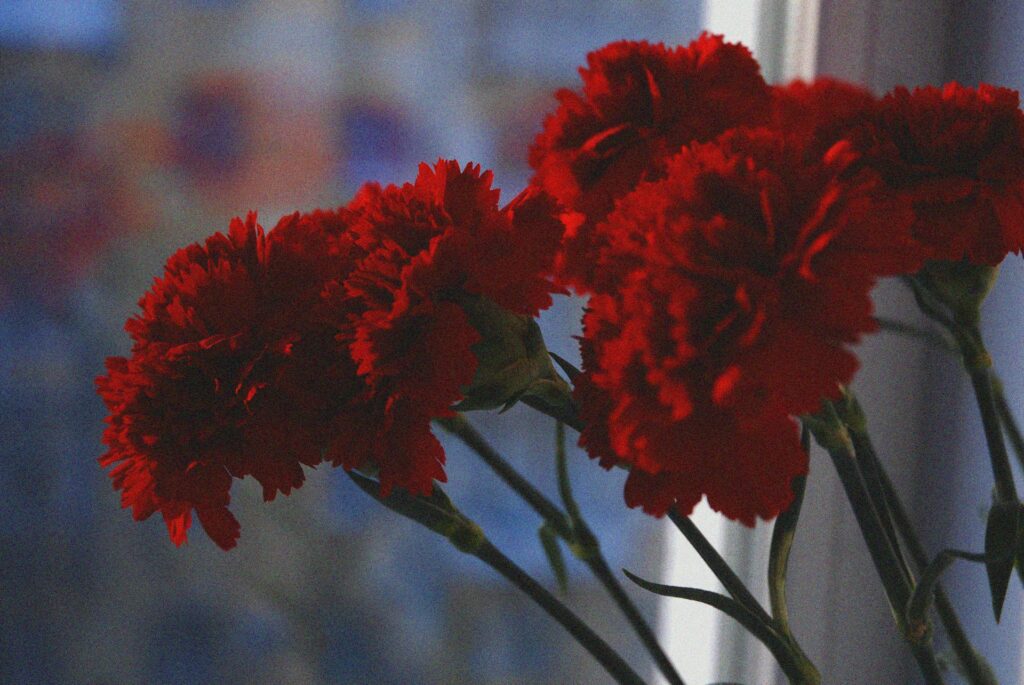
Many Japanese families mark the day by relieving mother of her usual household duties, with children and fathers preparing a special breakfast of tamagoyaki (rolled omelette) and miso soup. Some families continue the tradition of children crafting carnations from red origami paper, adding a personal touch to the celebration.
Read: 7 fascinating Valentine’s Day traditions from around the world
Ethiopia’s Antrosht: A Three-Day Celebration
Ethiopia offers one of the most unique Mother’s Day celebrations globally with Antrosht, a three-day festival typically celebrated at the end of the rainy season in autumn. Rather than focusing solely on mothers, the celebration honours parental bonds and family relationships as a whole, though mothers play a central role in the festivities.
During Antrosht, families gather for a traditional feast where daughters contribute vegetables and cheese while sons provide meat. Mothers and daughters anoint themselves with butter and dance together, performing traditional Ethiopian dances while singing songs that celebrate family and maternal bonds.
Thailand’s Wan Mae: Honouring The Queen Mother’s Birthday
Thailand’s Mother’s Day (Wan Mae) is celebrated on August 12th, coinciding with the birthday of Queen Sirikit, who is regarded as the Mother of all Thai people. The date was officially established in 1976, and the celebration has deep cultural significance throughout the country.
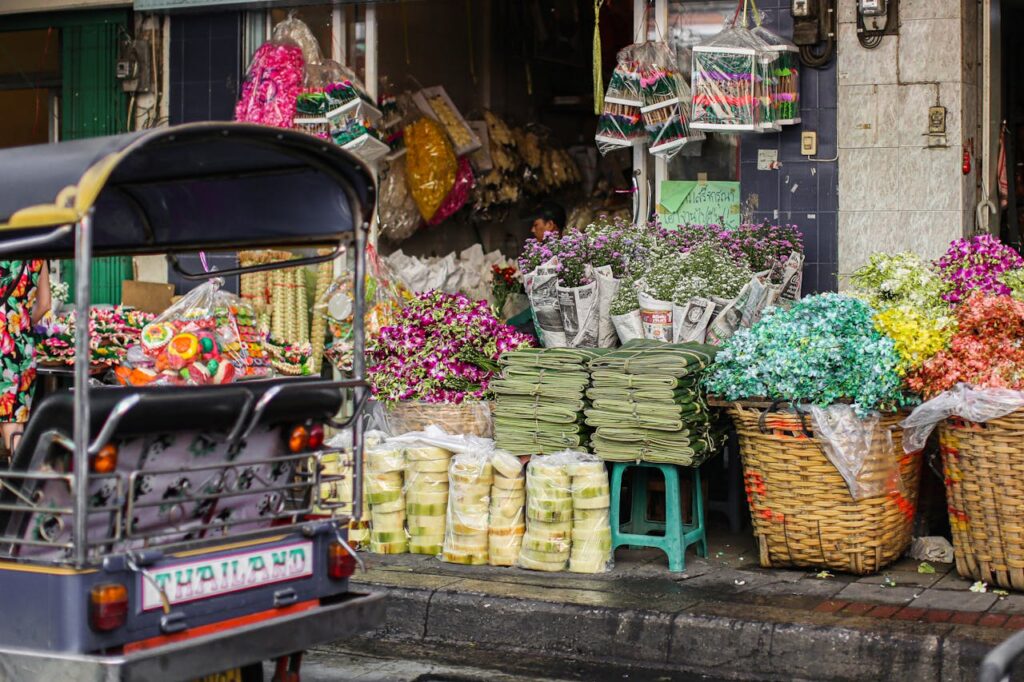
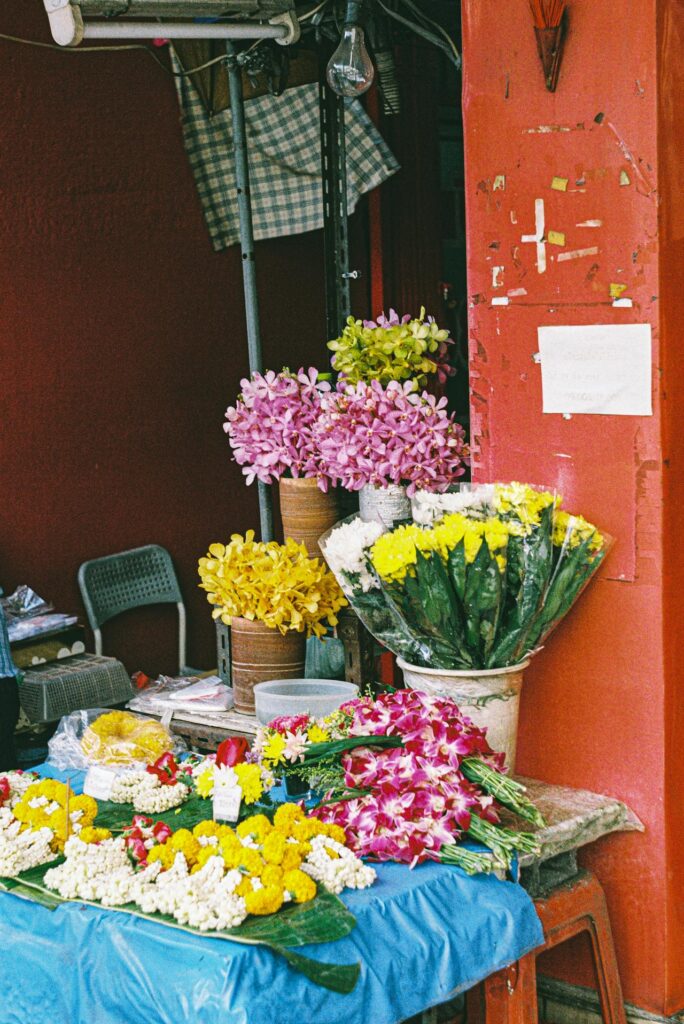
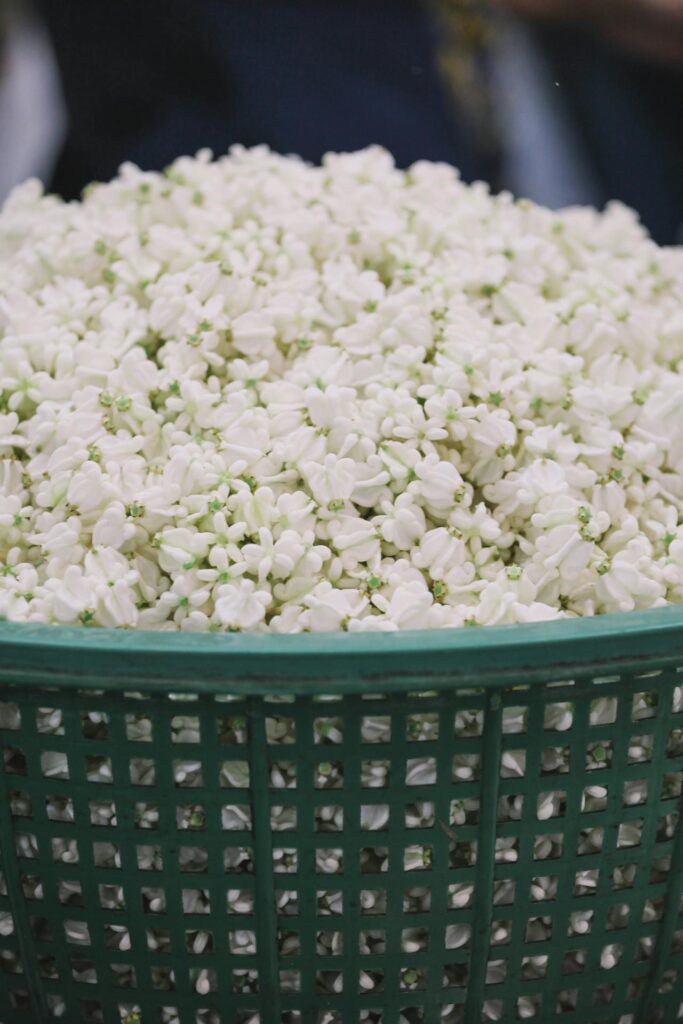
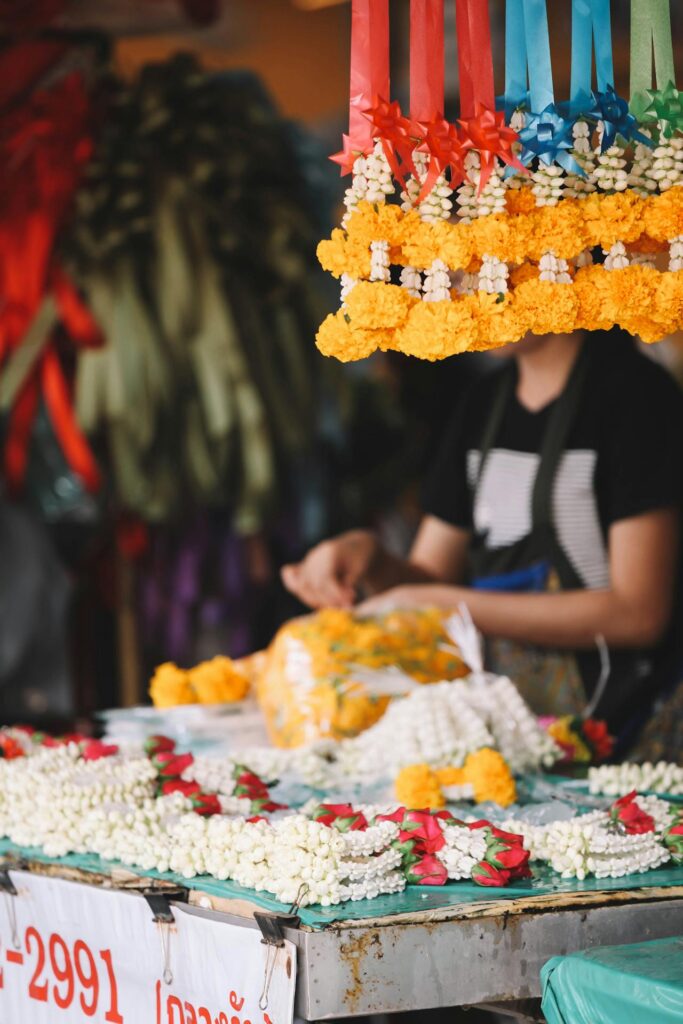
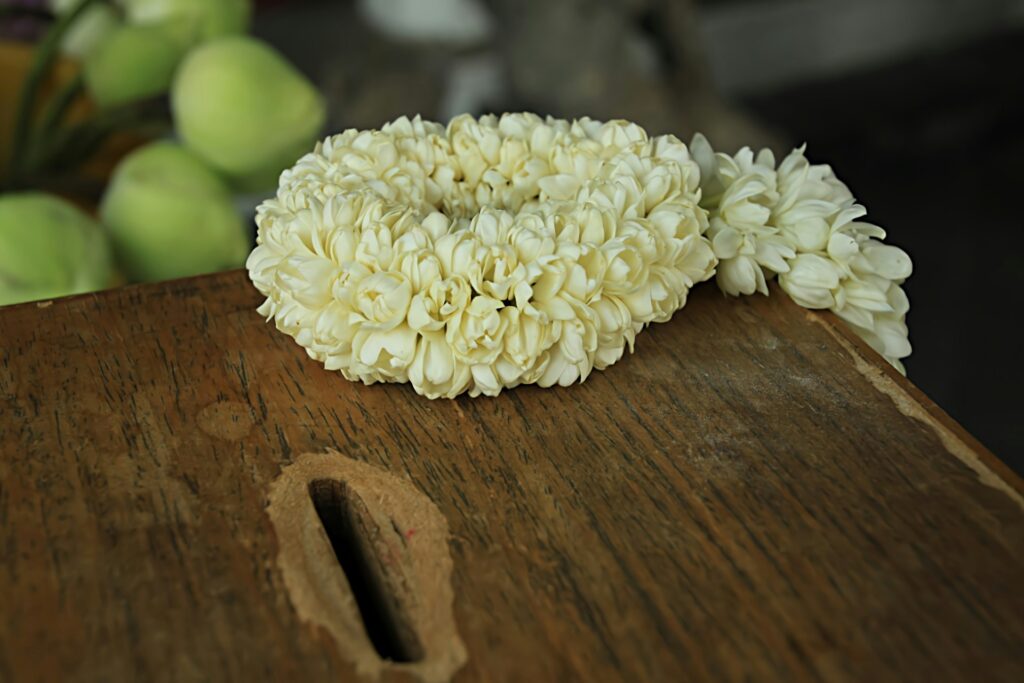
On this day, Thai people traditionally present their mothers with jasmine flowers, particularly the white jasmine flower known as dok mali. This flower is considered sacred in Thai culture and symbolises maternal love and purity. Many children also kneel at their mothers’ feet in a traditional gesture of gratitude called ‘kbd’, showing respect and recognition for the sacrifices their mothers have made.
The Bottom Line
The essence of Mother’s Day remains unchanged across cultures: a profound expression of gratitude for maternal love and sacrifice. Whether celebrated with mariachi serenades in Mexico, spring flowers in Middle Eastern countries, or traditional feasts in Ethiopia, these diverse traditions reflect the universal value of motherhood while showcasing the beautiful variety of human cultural expression.
The global tapestry of Mother’s Day celebrations reminds us that while the way we express gratitude may differ, the underlying sentiment of honouring maternal love remains constant across borders, languages, and cultures. These celebrations, in all their varied forms, stand as testimony to the enduring importance of mothers in shaping both families and societies worldwide.



